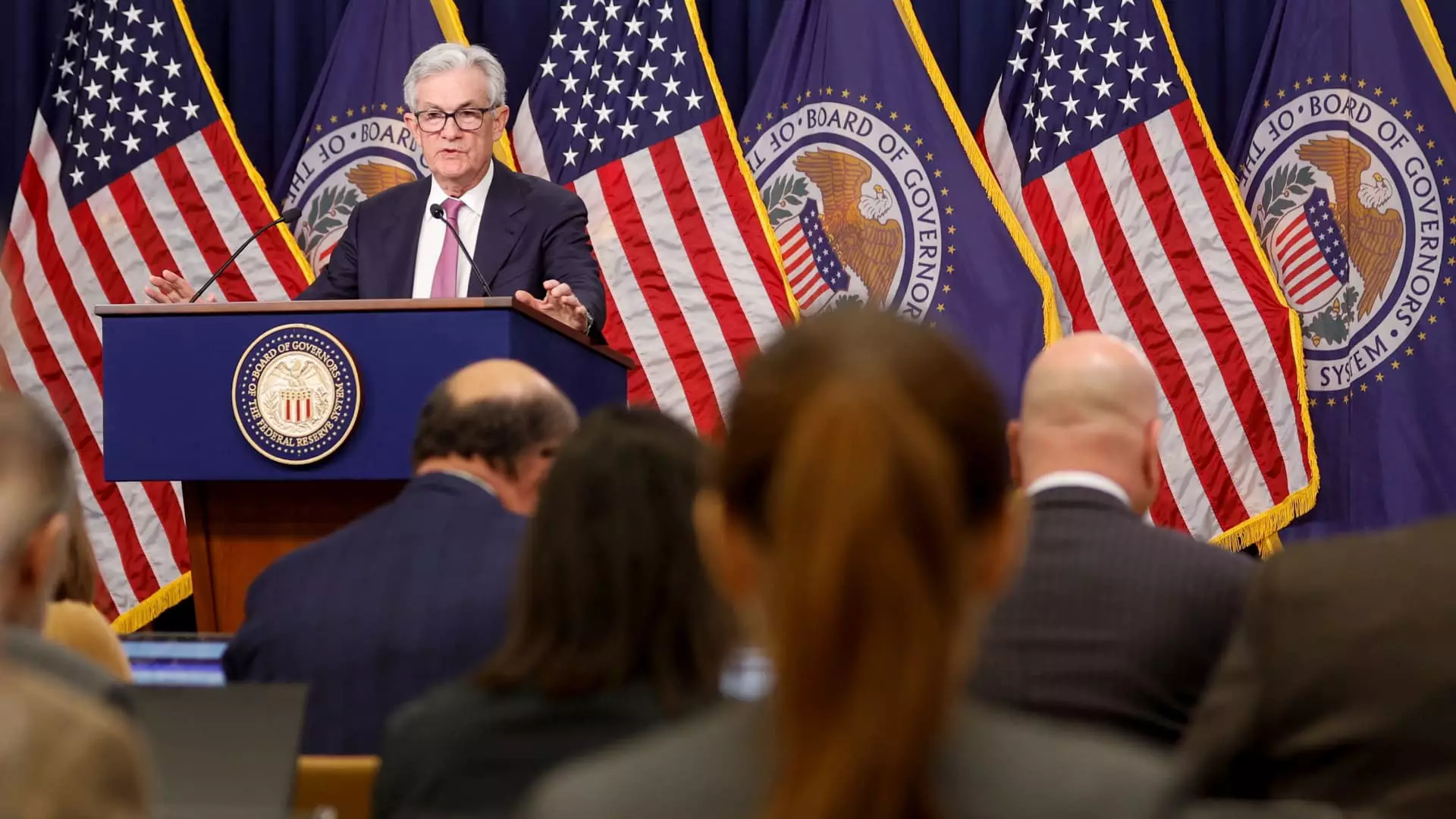In 2024, the Federal Reserve made a bold move by reducing its interest rate target three times, sparking a wave of hope among prospective homebuyers and current homeowners alike. Many Americans are left pondering if this shift in policy will lead to a decrease in mortgage rates. However, financial experts caution that the dream of falling mortgage rates might remain just that—an elusive hope. According to Jordan Jackson, a global market strategist at J.P. Morgan Asset Management, the best case scenario for mortgage rates is that they will stabilize around 6.5% to 7%. This outlook has left numerous individuals disheartened, particularly those who had anticipated a reprieve from high borrowing costs.
To understand the situation better, it’s crucial to examine how mortgage rates are intertwined with the broader echelons of financial policy. While the Federal Reserve’s actions do affect interest rates, it is the yields on long-term borrowing, particularly the 10-year Treasury note, that play a more significant role in determining mortgage costs. Recently, an upward trend in Treasury yields has emerged, influenced by market expectations around forthcoming expansive fiscal policies anticipated from Washington in 2025. This scenario paints a complex picture, where the interplay of government policy and market sentiment coalesce to shape mortgage rates.
One cannot overlook the repercussions of the Federal Reserve’s past quantitative easing efforts during the pandemic, which involved substantial purchases of mortgage-backed securities. This strategy was designed to stimulate the economy by adjusting supply and demand dynamics within the bond market. Interestingly, this led to significantly lower mortgage rates in 2021—an idyllic time for homebuyers. However, as noted by Matthew Graham, the COO of Mortgage News Daily, such aggressive actions may have been ill-conceived, planting the seeds of future financial instability.
Fast forward to 2022, and a seismic shift occurred as the Federal Reserve commenced a path toward reducing its asset holdings, a process termed “quantitative tightening.” This transition marks a drastic reversal of the previous policy and has been noted to exert upward pressure on the spread between mortgage rates and Treasury yields. The implications of this change are profound, contributing to a stubborn persistence of high mortgage rates despite the Fed’s lowered interest rate targets. George Calhoun, director of the Hanlon Financial Systems Center, emphasizes that this realignment is crucial to understanding why mortgage rates continue to trend unfavorably.
As the Federal Reserve grapples with balancing its monetary policy while responding to the evolving economic landscape, homeowners and potential buyers must navigate their own challenges. While the hope for lower mortgage rates is prevalent, the reality appears to be more complex, with various financial mechanisms and market expectations shaping the landscape. For many, the prospect of refinancing or purchasing a new home remains fraught with uncertainty, underscoring the importance of staying informed about economic signals and adjusting expectations accordingly. Future fiscal developments and ongoing monitoring by the Federal Reserve may ultimately play a pivotal role in bringing relief—or further challenges—to the housing market.

